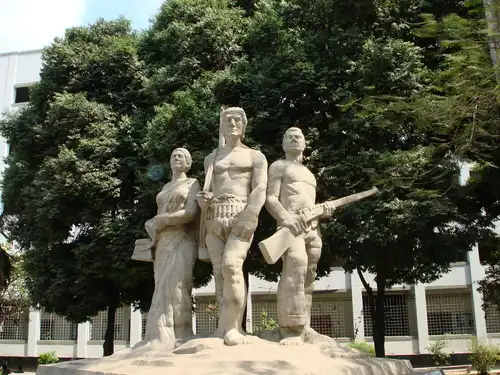Original Apple Cider Vinegar | Price: TK 1200
| 

Original Braggs Apple Cider Vinegar with Mother in our online shop at a low price in Bangladesh. It is Raw and Unfiltered.....
Pakistani Cotton Salwar Kameez
| 

The salwar kameez is thenational dress of Pakistani women. They are available in elegant designs and patterns. ....
Shilajit Capsules for men
| 

Shilajit is necessary to improve resilience and maintain good health. Provides balanced and harmonious health. ....
Acupressure Sandal
| 

Acupressure Sandal is a Reflexology Foot Slipper. Mainly used for stimulating our different organs of the body.....









